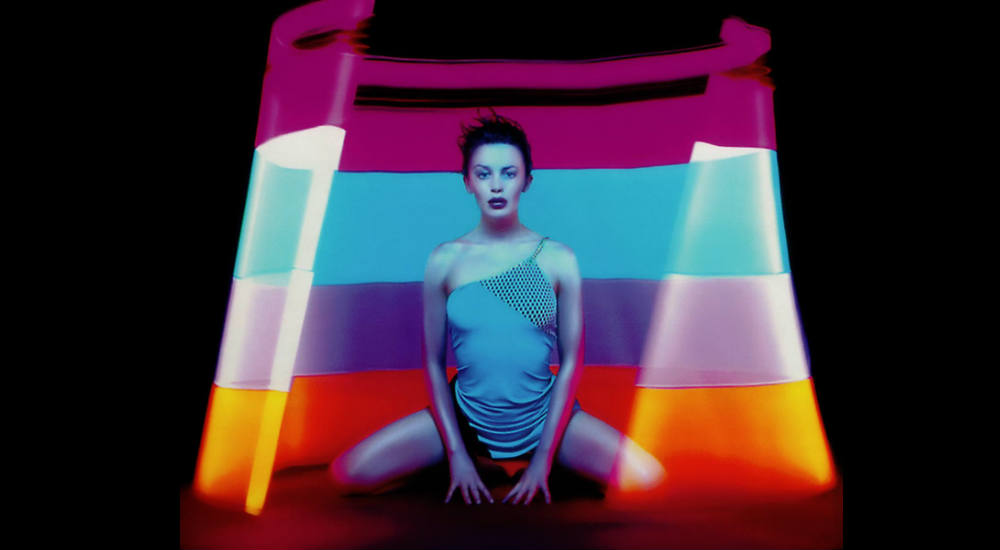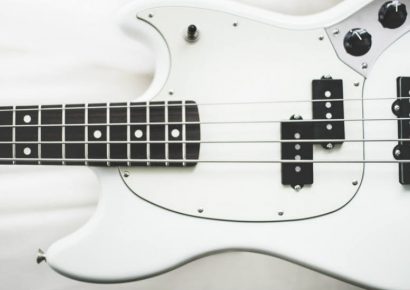Although it touched on indie rock, country, trip hop, drum and bass, and straight out pop, Impossible Princess – Minogue’s sixth album – was the most focused the singer had released up to that point. Her lyrics and vocals had a newfound depth and confidence, and for the first time on her own music she was credited as a co-producer and instrumentalist, as well as a songwriter on ‘Too Far’ and ‘Say Hey’, and co-songwriter on every other track.
Although many critics – particularly in the UK, then and still her biggest market – derided her for “going indie”, this seems to have been largely due to the choice of singles, with the guitar-centric ‘Did It Again’ and ‘Some Kind of Bliss’ blinding both the media and fans to the largely dance-focused album. “I have to keep telling people that this isn’t an indie-guitar album,” Minogue complained to Music Week at the time. “I’m not about to pick up a guitar and rock.”
Considering Minogue’s status as a major artist in 1997, the reception to Impossible Princess was disappointing. Despite debuting at number four on the Australian ARIA charts, it was her lowest-selling album at that point and led to her being dropped by both her record label, Deconstruction Records, and distribution label, Sony BMG. Things were not helped by the fact the European release was delayed until March 1998, five months after Japan and Australia, and that, confusingly, it was renamed Kylie Minogue – the same title as her previous album – due to sensitivities surrounding the death of Princess Diana.
“Sometimes it works and sometimes you fall flat on your face,” Minogue told Digital Spy when reflecting on experimentation during a 2012 interview. “Look at Impossible Princess – it didn’t exactly sell truckloads of albums.” However, 21 years later one can view Impossible Princess without the cultural stigmas of its day. Though clearly influenced by the various underground dance genres that were becoming mainstream at the time – most obviously trip hop, drum and bass and techno – the songwriting and production represented a major leap forward for Minogue. Lyrically, vocally, and even visually, thanks to the collaborative input from her then-partner, French photographer Stéphane Sednaoui, it seemed as if this was the first time we were really hearing and seeing Minogue for who she was, and who she wanted to be. For all its pop-charting ambition, the album presented itself as a statement from an artist who was maturing into her artistic prime.
Minogue had managed to shift her image from the smiley and G-rated ‘girl-next-door’ of the 1980s to a more adult and sexualised image with 1994’s Kylie Minogue, and even yielded a hit with her Nick Cave duet on the brooding 1995 single ‘Where the Wild Roses Grow’. Yet the artistic leap forward that Impossible Princess represented seemed to ask for more credibility than mainstream audiences and critics were willing to lend her at the time. It’s telling not only that Minogue never returned to the musical and visual influences of this period, but that with her next album, 2000’s Light Years, she chose to up the levels of sexuality in her image and create much less challenging music. That record was a huge hit and she never looked back.
When looking back at albums released at the time, you have to wonder whether Minogue’s offering really deserves the bulk of the criticism. There’s no doubting the quality of Crowded House’s work, but is the patchy and over-produced Woodface really that much better than this? Is Frogstomp? I put it forward to you that on its 21st birthday, Impossible Princess deserves a serious reappraisal.

